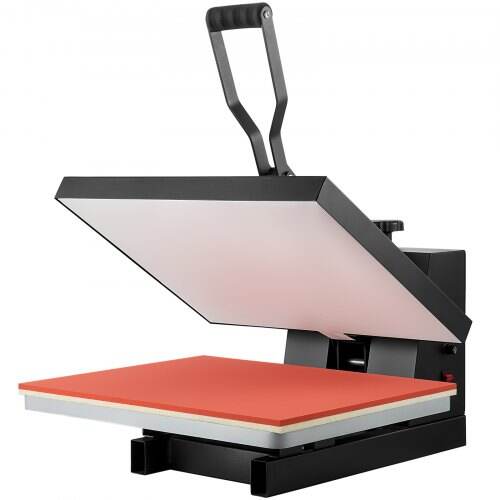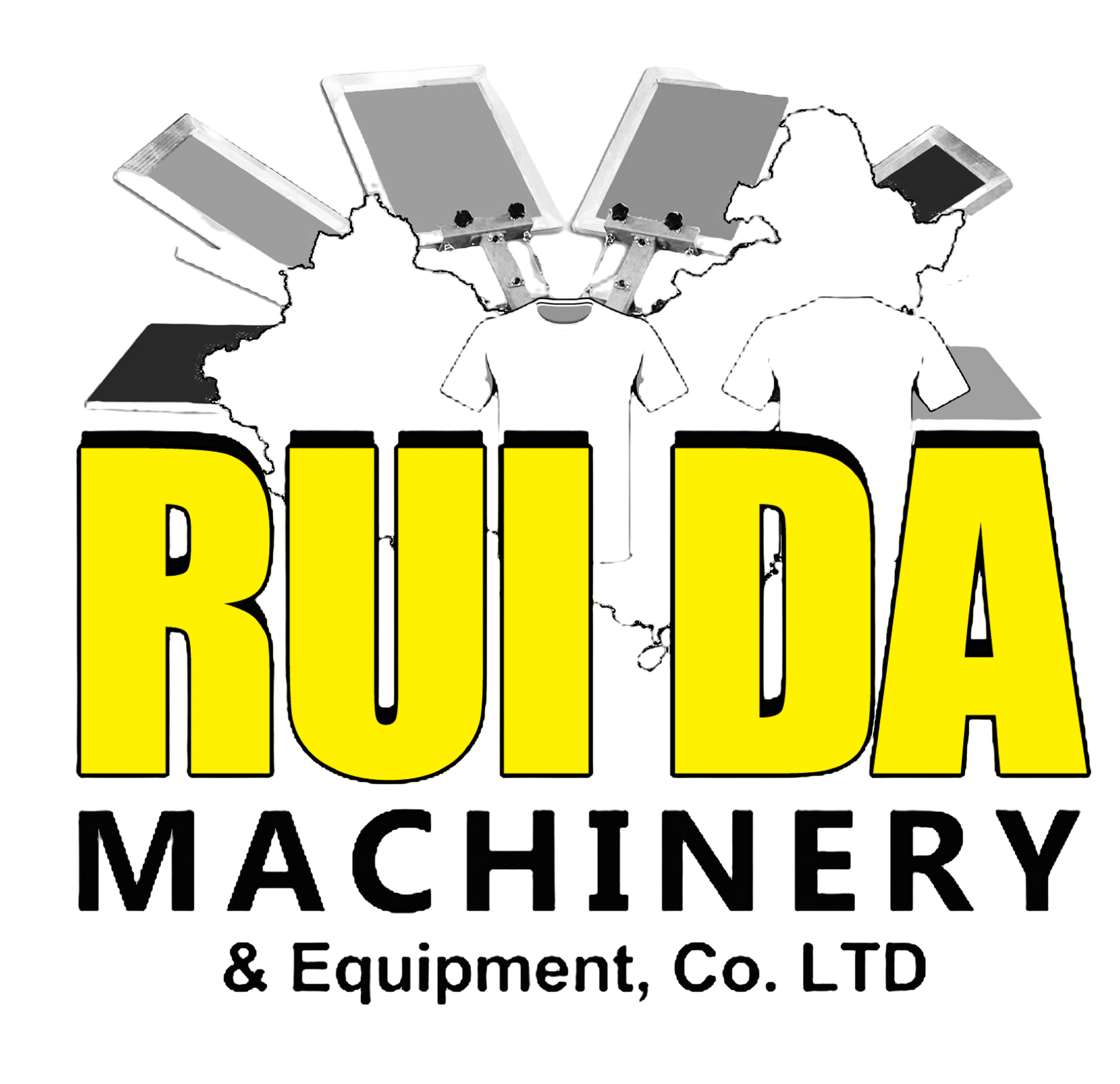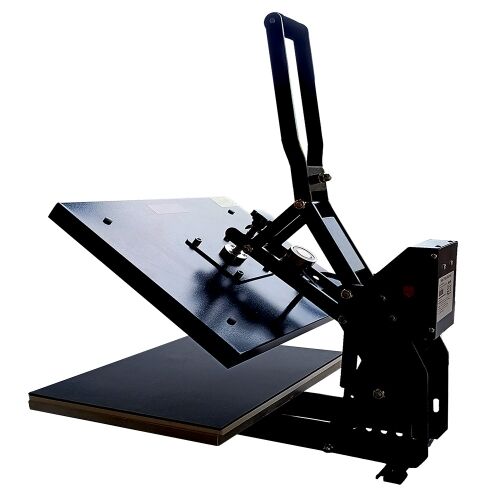Understanding Modern T-Shirt Printing Methods
The debate between heat press vs screen printing continues to shape the custom apparel industry. Both methods offer unique advantages and specific use cases, making the choice between them crucial for businesses and hobbyists alike. As the demand for customized clothing grows, understanding these two popular printing techniques becomes increasingly important for making informed decisions about your textile printing projects.
These distinctive printing methods each bring their own set of characteristics to the table. While both can create stunning designs on fabric, their processes, costs, and end results differ significantly. Whether you're starting a custom t-shirt business or looking to create personalized items, knowing the ins and parts of each method will help you choose the right approach for your specific needs.
The Fundamentals of Heat Press Printing
How Heat Press Technology Works
Heat press printing involves transferring designs onto fabric using heat and pressure. The process begins with creating a design digitally, which is then printed onto special transfer paper using specific inks. The transfer paper is placed on the fabric, and the heat press machine applies precise temperature and pressure for a set duration. This combination of heat and pressure causes the ink to bond with the fabric fibers, creating a durable design.
Modern heat press machines come equipped with digital controls for temperature, time, and pressure settings. These precise controls ensure consistent results across multiple items. The technology has evolved to accommodate various materials beyond basic cotton, including polyester, nylon, and even synthetic blends.
Benefits of Heat Press Printing
Heat press printing offers several distinct advantages that make it an attractive option for many applications. The setup time is minimal, making it perfect for small runs and one-off designs. The process allows for full-color designs with intricate details and gradients, producing vibrant results that can rival photographic quality.
Another significant benefit is the versatility of heat press printing. It works well on various materials and can be used to create designs on items beyond traditional t-shirts, such as bags, hats, and even hard surfaces like mugs and plates. The initial investment is also generally lower compared to screen printing equipment, making it accessible for small businesses and hobbyists.
The Art of Screen Printing
Screen Printing Process Explained
Screen printing, also known as silk screening, is a traditional method that involves pushing ink through a mesh screen onto fabric. Each color in a design requires a separate screen, which is created by applying an emulsion that hardens when exposed to light, creating a stencil. The ink is then forced through the open areas of the stencil onto the fabric below, creating the design one color at a time.
The process requires careful attention to detail, from proper screen preparation to accurate color registration. While more labor-intensive than heat pressing, screen printing can produce exceptionally durable results that withstand numerous washes without fading or cracking.
Advantages of Screen Printing
Screen printing excels in producing large quantities of the same design. Once the screens are prepared, printing multiple items becomes highly efficient and cost-effective. The method allows for special effects like glitter, puff ink, or metallic finishes that aren't possible with heat press printing.
The durability of screen-printed designs is legendary. The ink becomes part of the fabric rather than sitting on top, resulting in prints that can last for years without significant degradation. This durability makes screen printing particularly popular for team uniforms, corporate merchandise, and retail clothing.

Cost Comparison and Production Volumes
Initial Investment Requirements
When comparing heat press vs screen printing, initial costs vary significantly. Heat press equipment typically requires a lower upfront investment, with basic setups starting at a few hundred dollars. Screen printing equipment, including screens, exposure units, and drying equipment, can require several thousand dollars in initial investment.
Ongoing supply costs also differ between the two methods. Heat press printing requires special transfer paper and inks, while screen printing needs screens, emulsion, and specialized inks. The cost per item varies based on production volume, with screen printing becoming more economical for larger runs.
Production Speed and Efficiency
Heat press printing offers quick setup and production for small runs, making it ideal for custom orders and personalized items. Each item takes several minutes to complete, including preparation and pressing time. The process is straightforward and requires minimal training to achieve good results.
Screen printing has a longer setup time but excels in production speed once everything is prepared. Experienced printers can produce hundreds of items per hour, making it highly efficient for large orders. However, the learning curve is steeper, and achieving consistent results requires more skill and practice.
Design Considerations and Limitations
Color Options and Restrictions
Heat press printing allows for unlimited colors within a single design, with no additional setup required for each color. This makes it perfect for photographic images and complex designs with gradients or subtle color variations. The main limitation lies in the color of the base fabric, as light-colored garments typically produce better results.
Screen printing traditionally charges per color used, as each requires a separate screen and setup. However, it offers superior color vibrancy and the ability to print light colors on dark fabrics effectively. Special inks and effects add unique possibilities that can't be achieved with heat pressing.
Design Complexity and Detail
Heat press printing handles intricate details and small text well, making it suitable for designs with fine lines and complex patterns. The digital nature of the process means that what you see on the screen is what you'll get on the fabric, within the limitations of the transfer paper and fabric texture.
Screen printing has some limitations with very fine details but excels in producing bold, solid designs with crisp edges. The method requires designs to be separated into individual colors, which can affect how complex designs are handled. However, skilled printers can achieve remarkable results through proper technique and color selection.
Frequently Asked Questions
Which printing method lasts longer on clothing?
Screen printing typically offers superior durability, with prints that can last for years without significant fading or cracking. Heat press prints can also be durable but may show wear more quickly, especially if not properly cared for during washing.
What is the minimum order quantity for each method?
Heat press printing is ideal for small quantities and can be cost-effective even for single items. Screen printing usually requires higher minimum orders (typically 24+ pieces) to be cost-effective due to setup time and materials.
Can both methods print on all types of fabric?
Both methods work well on cotton and cotton blends, but heat press printing offers more versatility with different materials. Screen printing works best on flat, smooth surfaces and may have limitations with certain synthetic materials or textured fabrics.
Which method is better for beginners?
Heat press printing is generally more accessible for beginners due to its simpler setup, lower initial investment, and shorter learning curve. Screen printing requires more skill, practice, and understanding of the technical aspects to achieve professional results.

